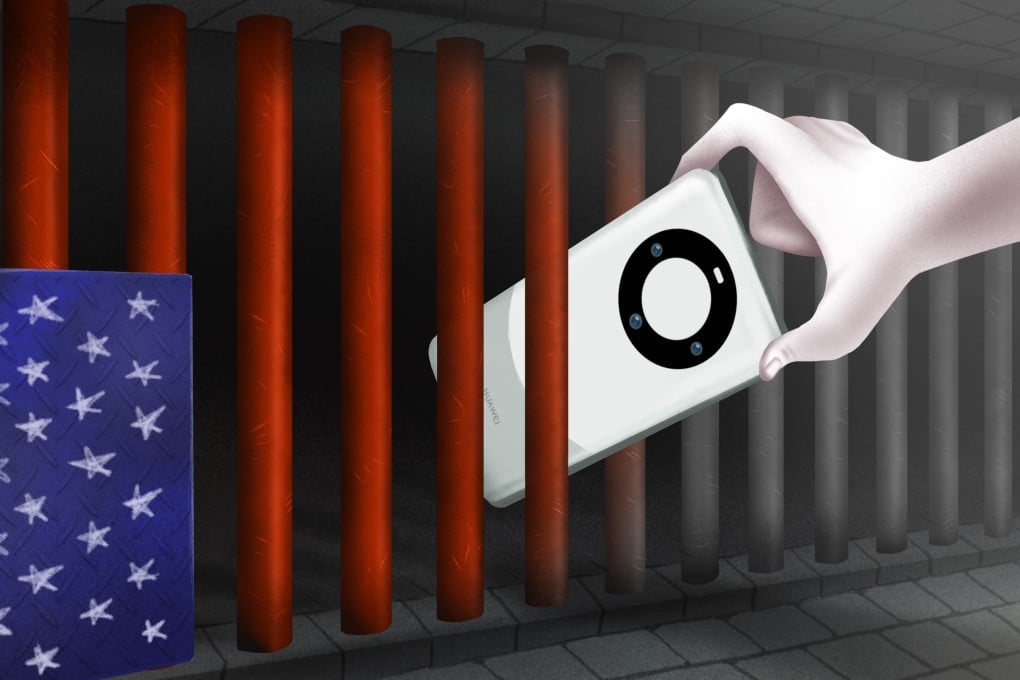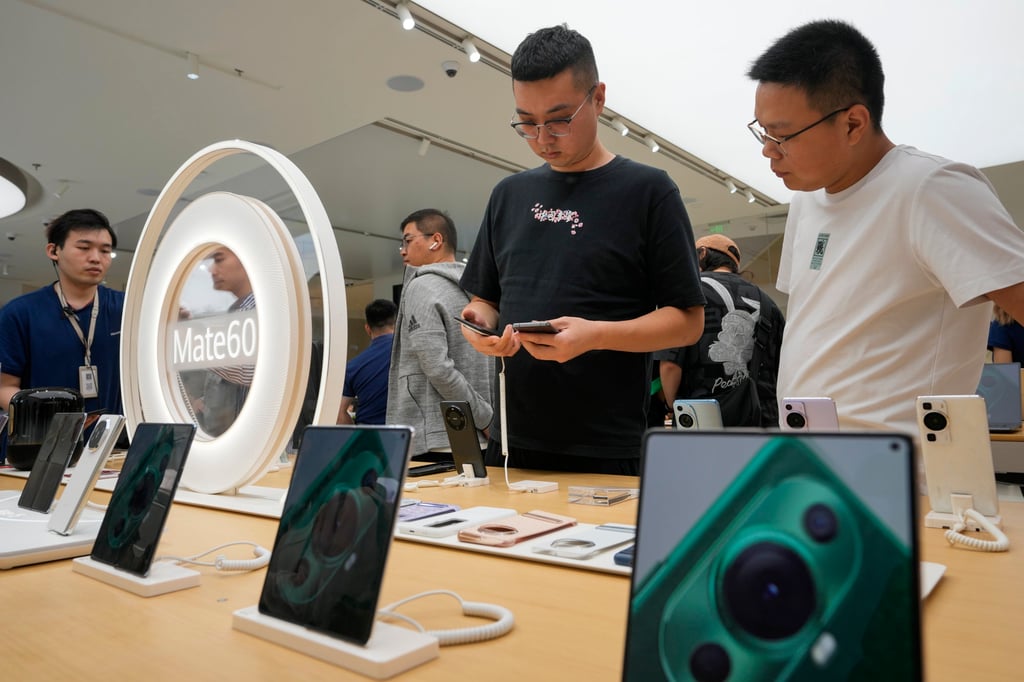Advertisement
Huawei’s 5G smartphone comeback, with advanced chip wrapped in secrecy, releases chokehold of US sanctions on China tech
- Huawei’s new 5G smartphones and the advanced, made-in-China chip for these handsets have become symbols of the country’s victory against US sanctions
- Formerly China’s biggest smartphone vendor, Huawei has scrambled to adapt its production of handsets amid tightened tech restrictions imposed in 2020
Reading Time:6 minutes
Why you can trust SCMP
91

When asked by the South China Morning Post in March about Huawei Technologies’ plans to release new 5G smartphones, deputy chairman Eric Xu Zhijun firmly dismissed such a notion to hundreds of journalists, analysts and clients who attended the US-blacklisted company’s annual conference in Shenzhen.
Advertisement
“If you’re expecting to buy a 5G smartphone made by Huawei, [all of us] need to wait for approval from the US Department of Commerce,” Xu said. “We can produce 5G smartphones when they license 5G chips to us.”
Meng Wanzhou, daughter of Huawei founder Ren Zhengfei and chief financial officer at the privately-held firm, just smiled beside Xu at the podium when he replied to that query. At the time, the Mate 40 series, released in October 2020, was the last 5G smartphone line produced by Huawei.
Fast-forward to late August, and Huawei surprised the smartphone industry when it launched a low-key presales campaign for its new Mate 60 Pro 5G handset. That was followed around a week later by another quietly executed online presales for its top-of-the-line Mate 60 Pro+ smartphone.

The timing of the Mate 60 Pro’s presales campaign coincided with US Commerce Secretary Gina Raimondo’s trip to China, which yielded the establishment of working groups to facilitate further bilateral communication, as Washington’s export controls remained in place.
Advertisement
But it was the company’s launch of new 5G handsets powered by a new central processing unit (CPU) – first identified by Chinese benchmarking website AnTuTu as the Kirin 9000s, developed by Huawei chip design unit HiSilicon – which resulted in intense speculation about where and how the chip was made under strict US trade sanctions.

Advertisement